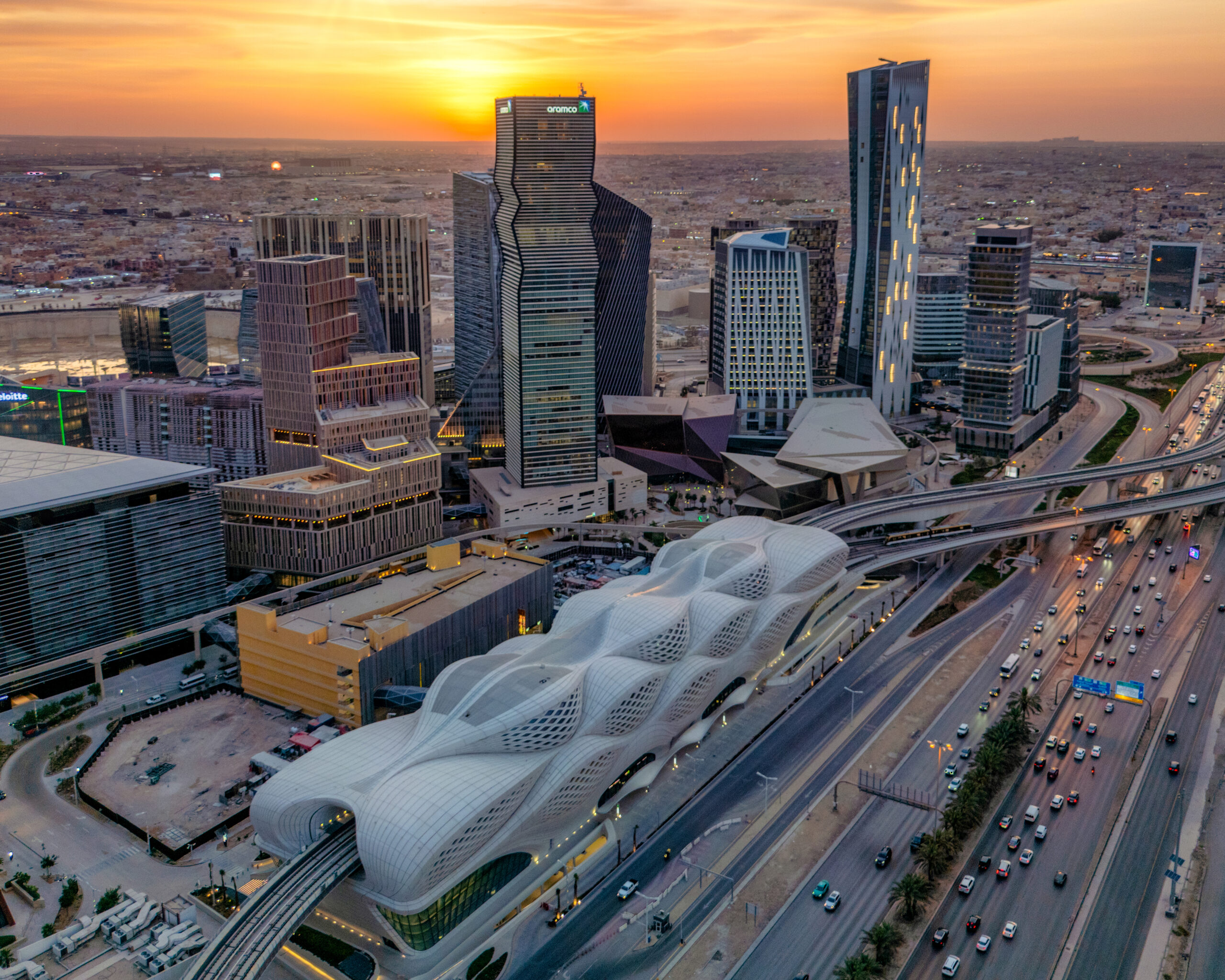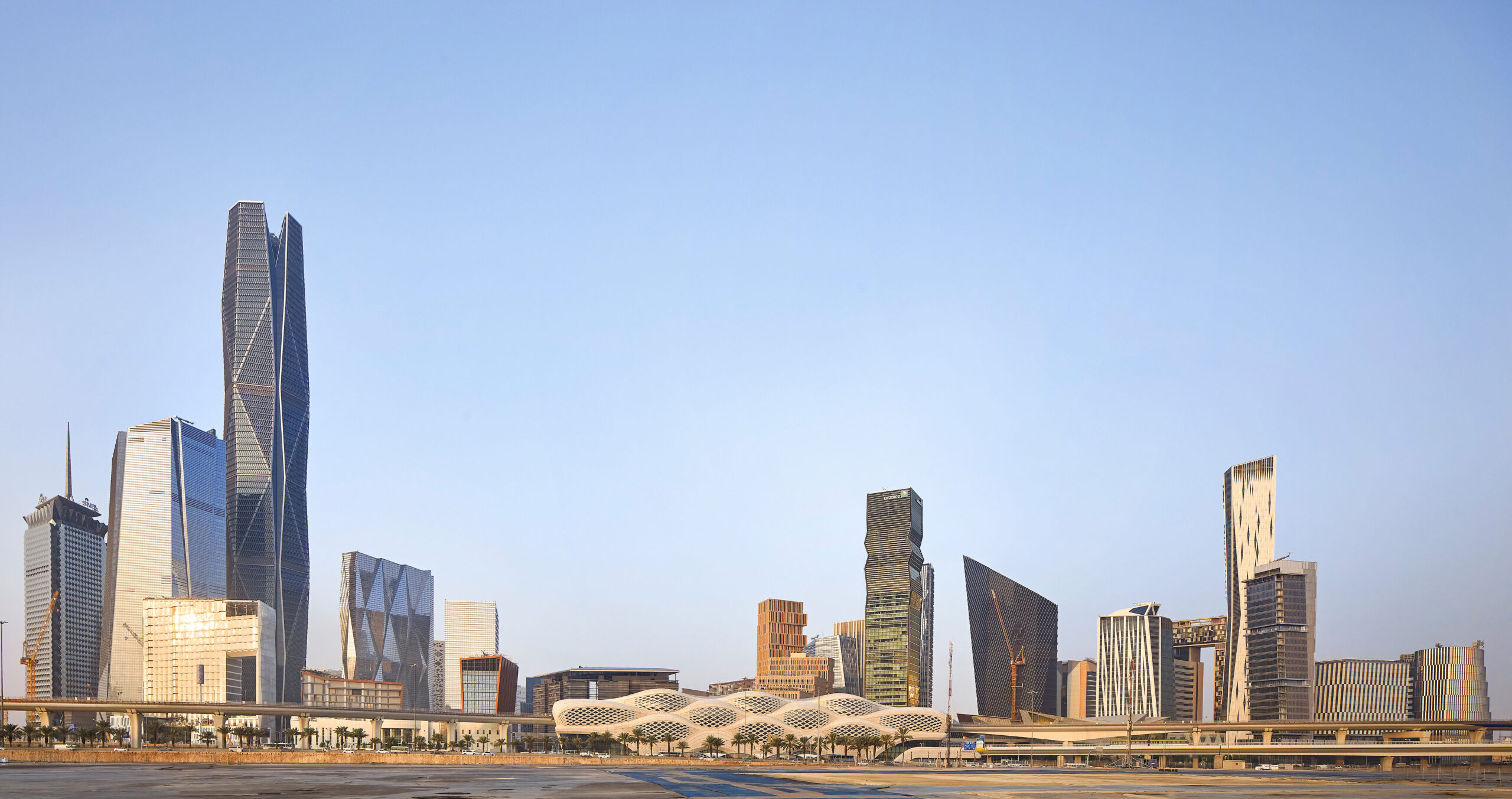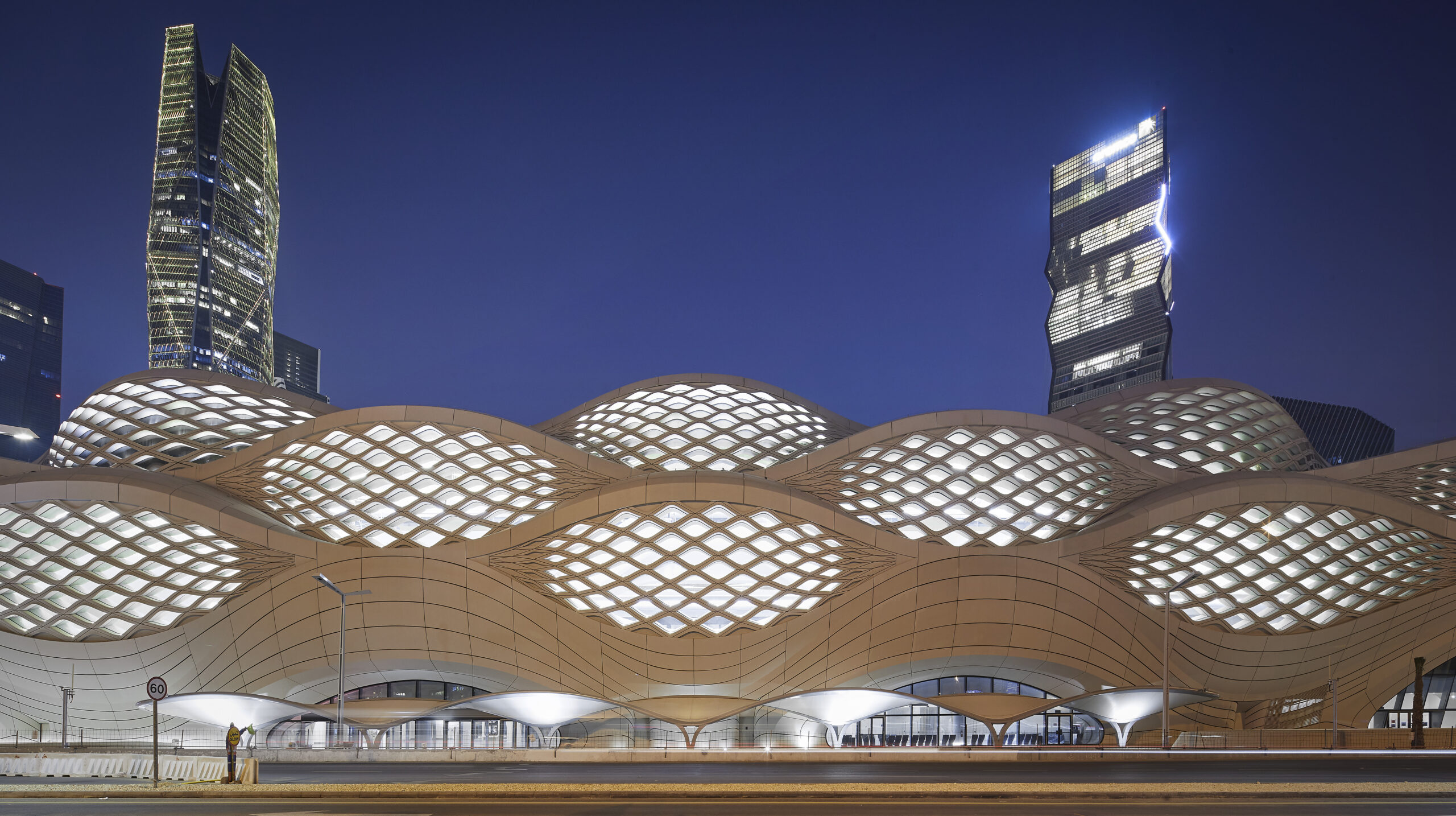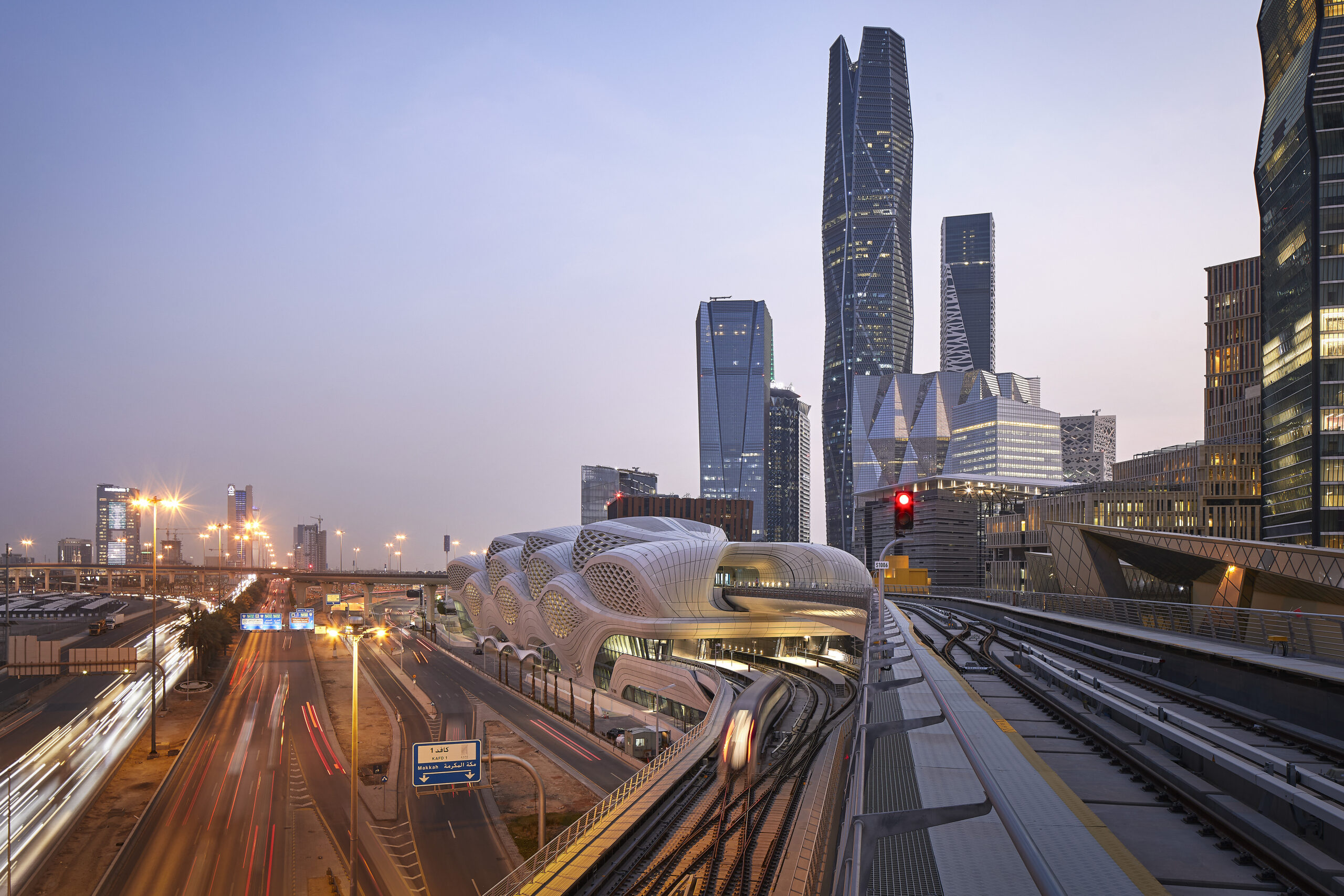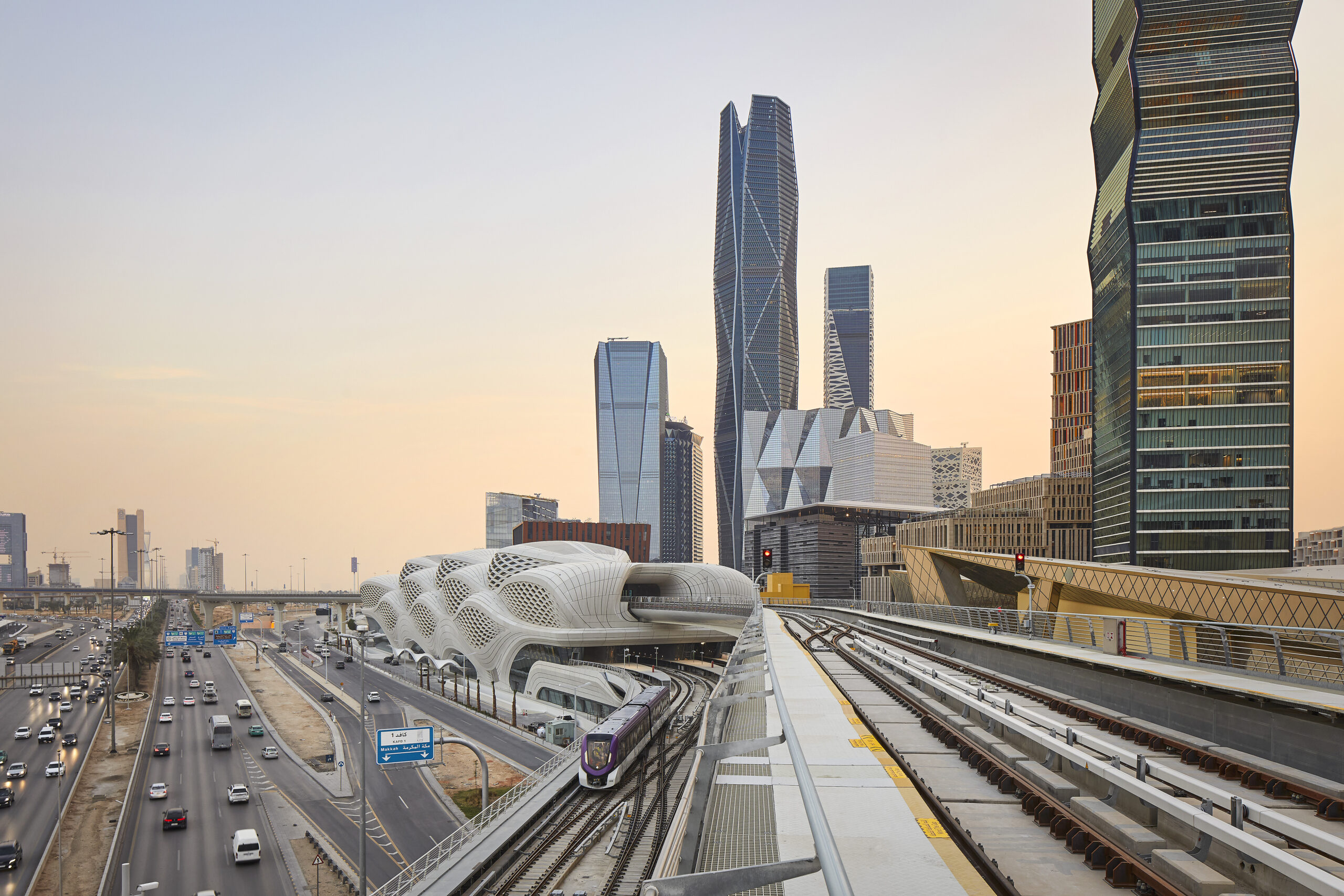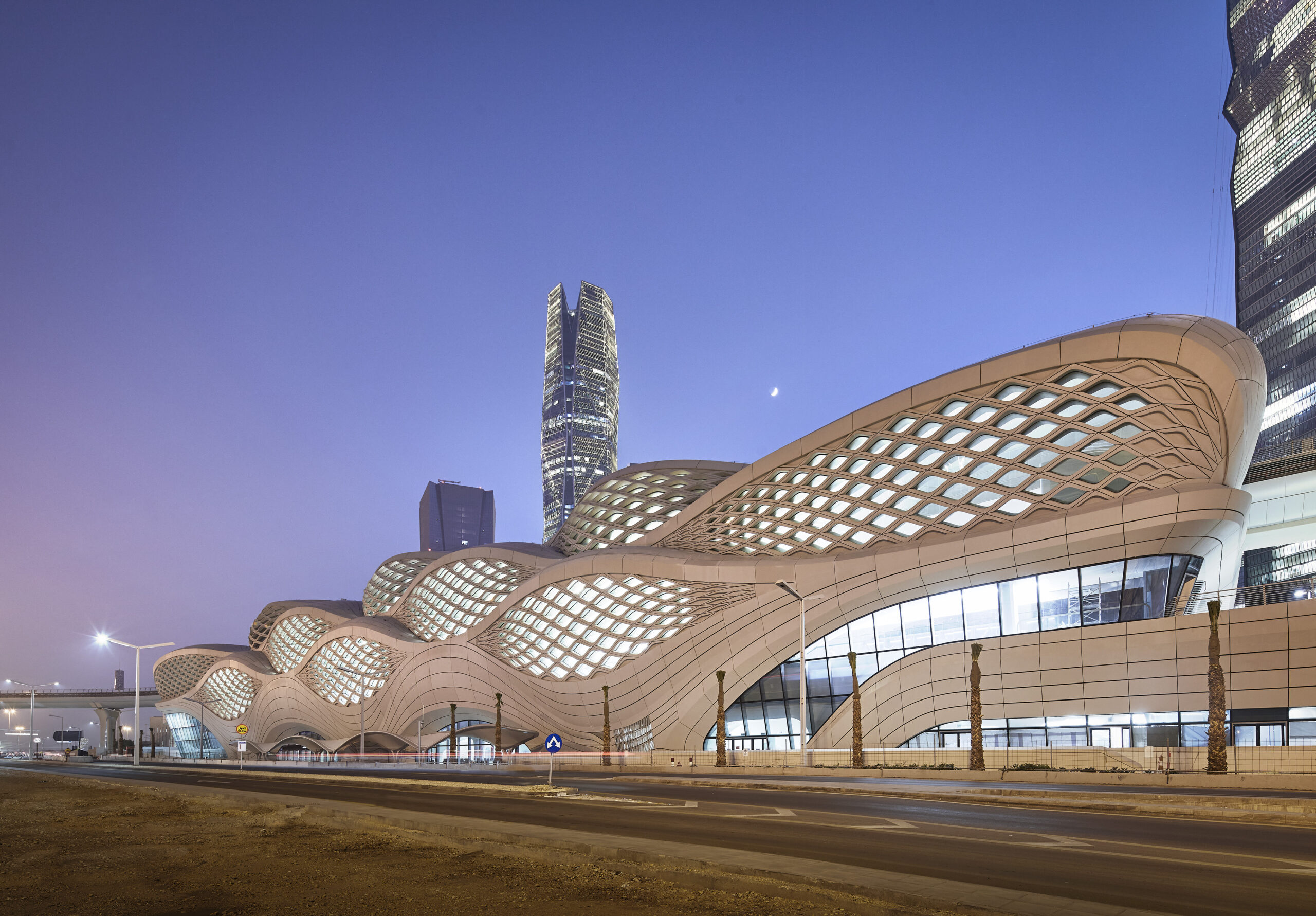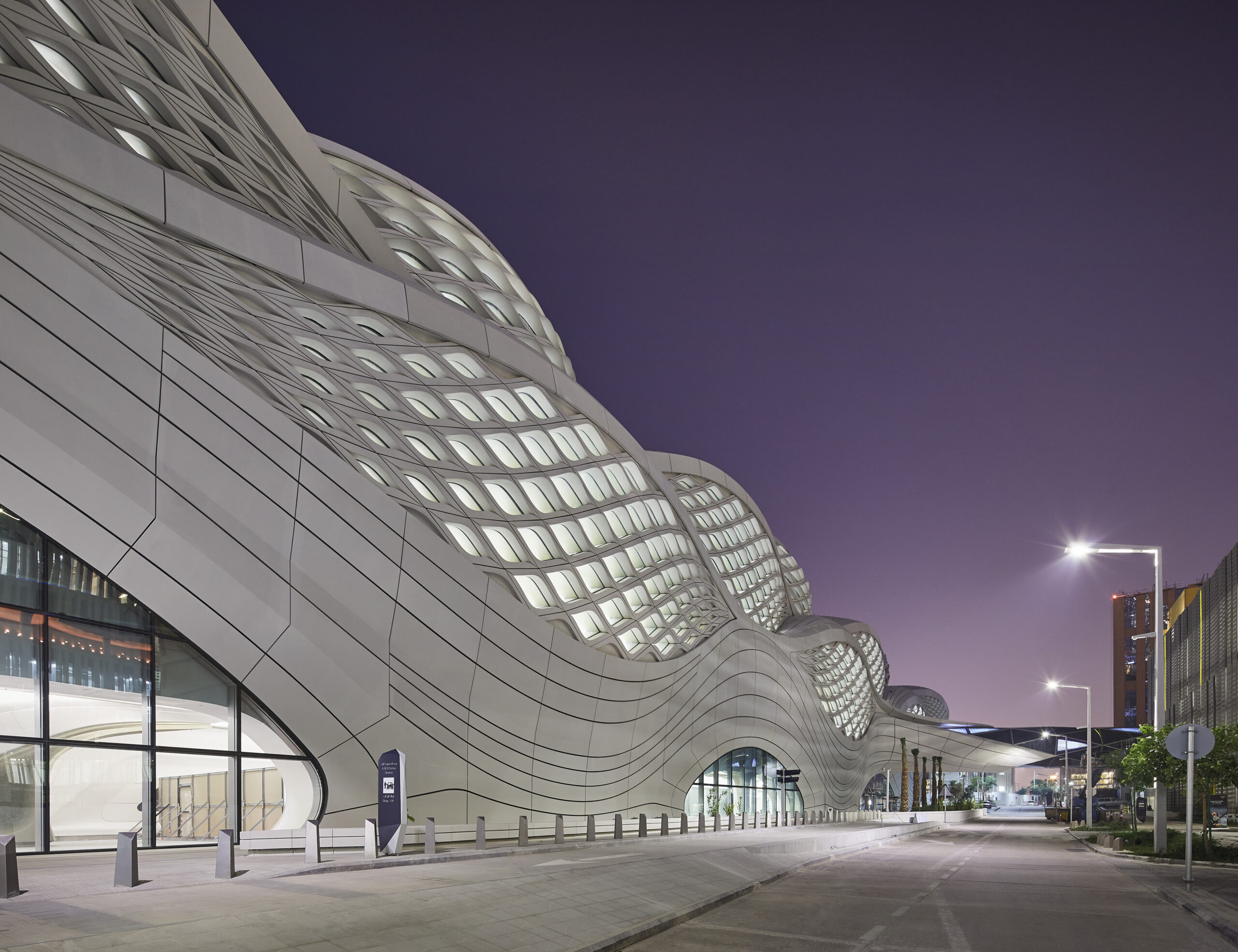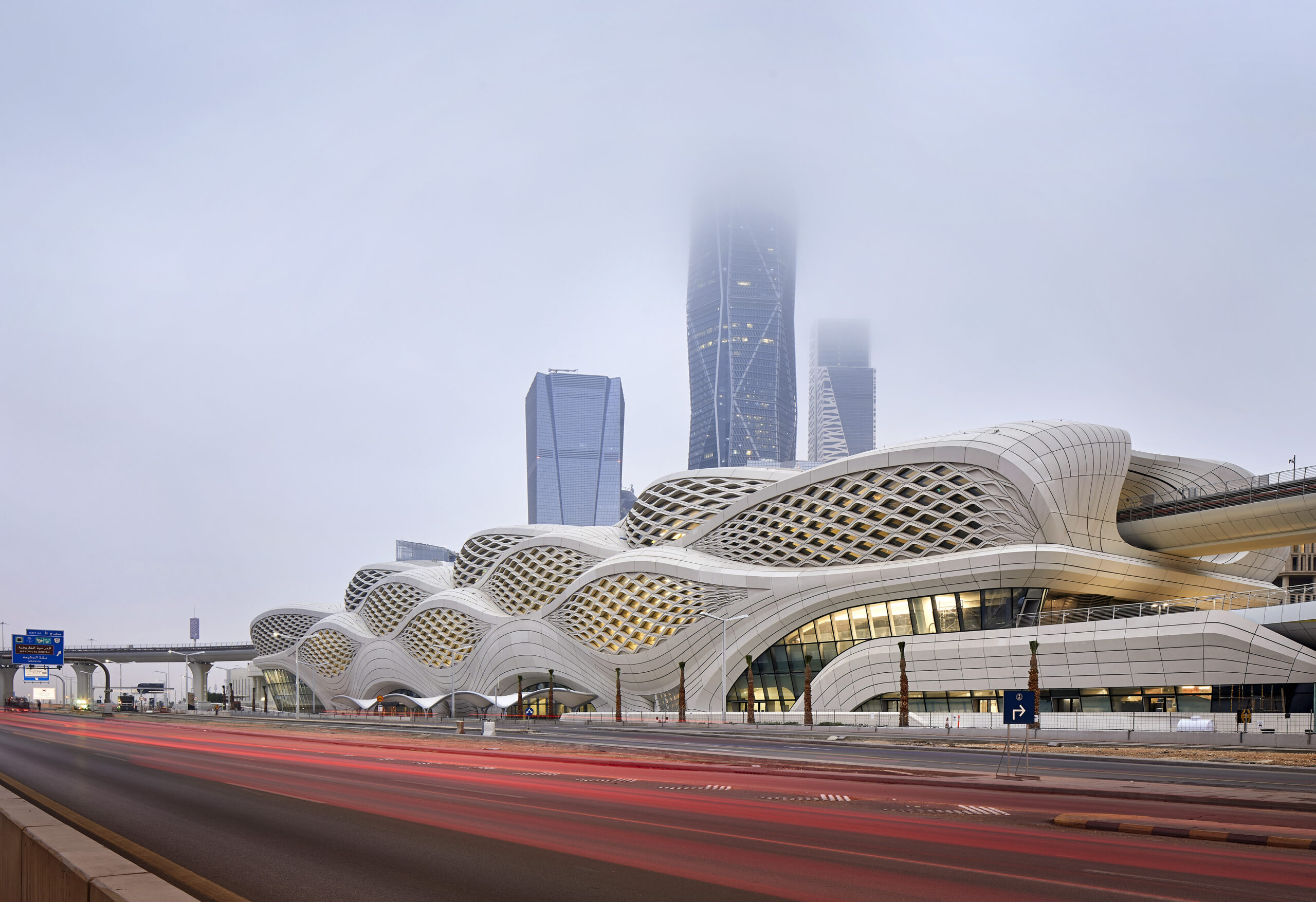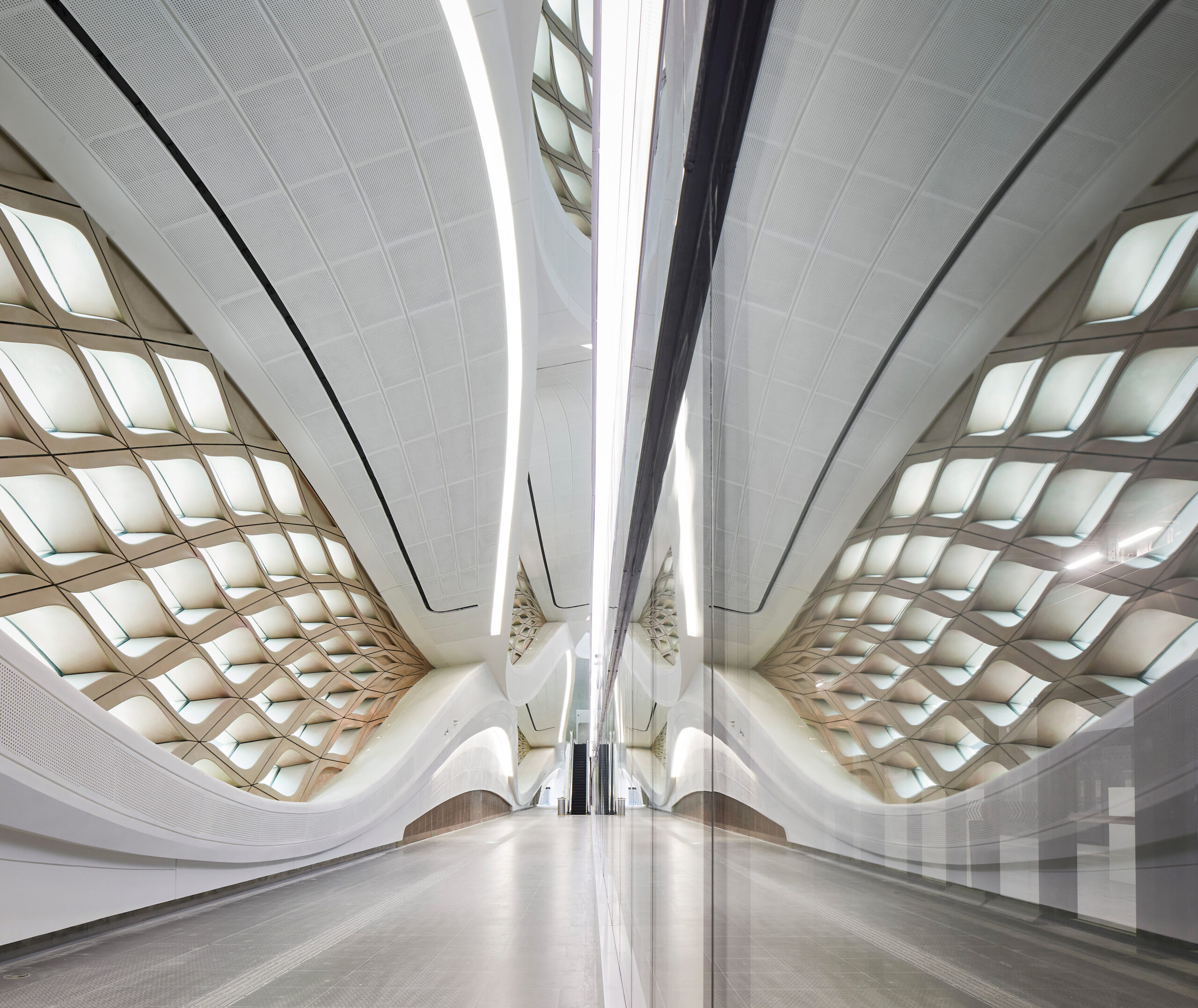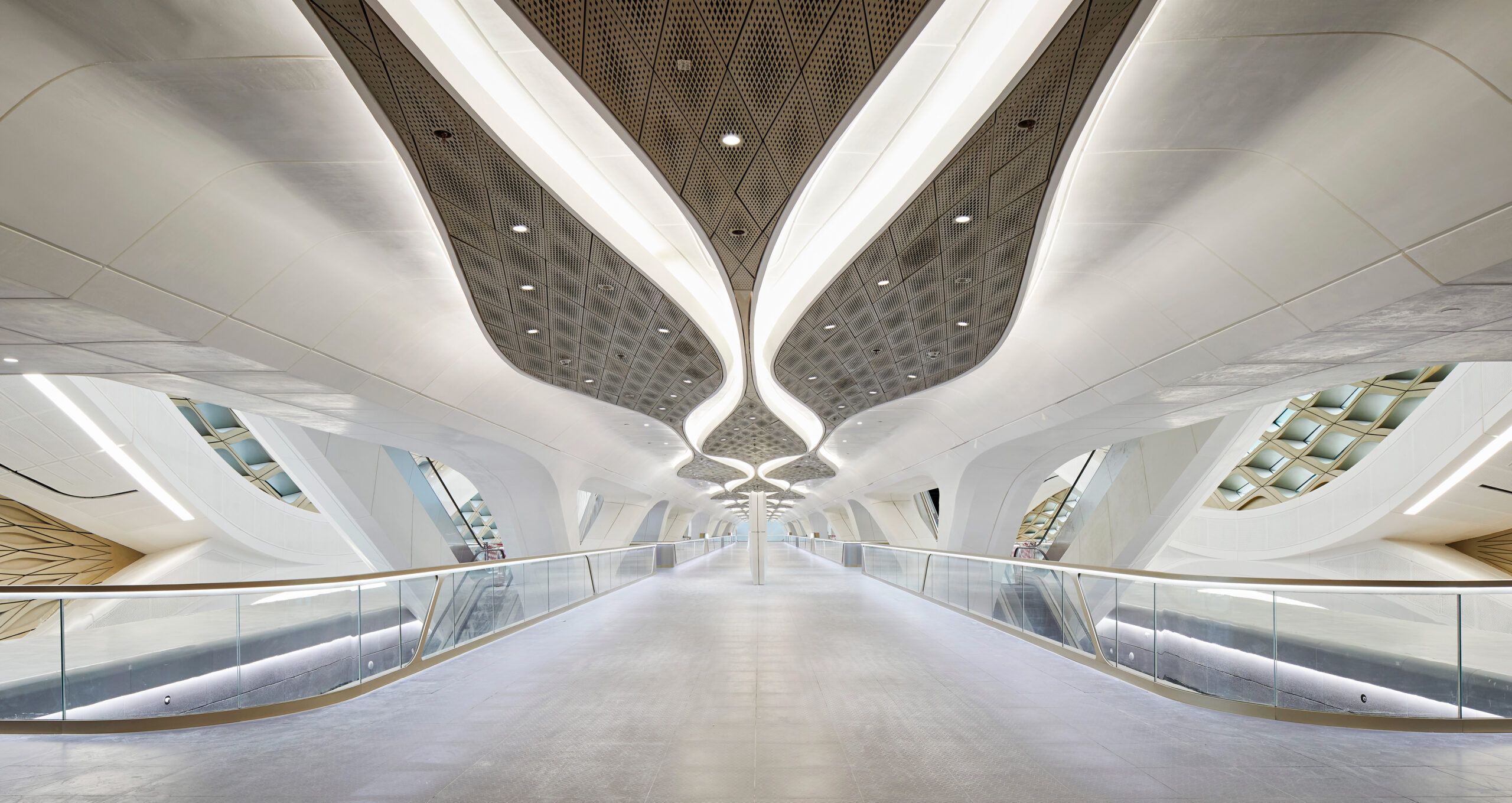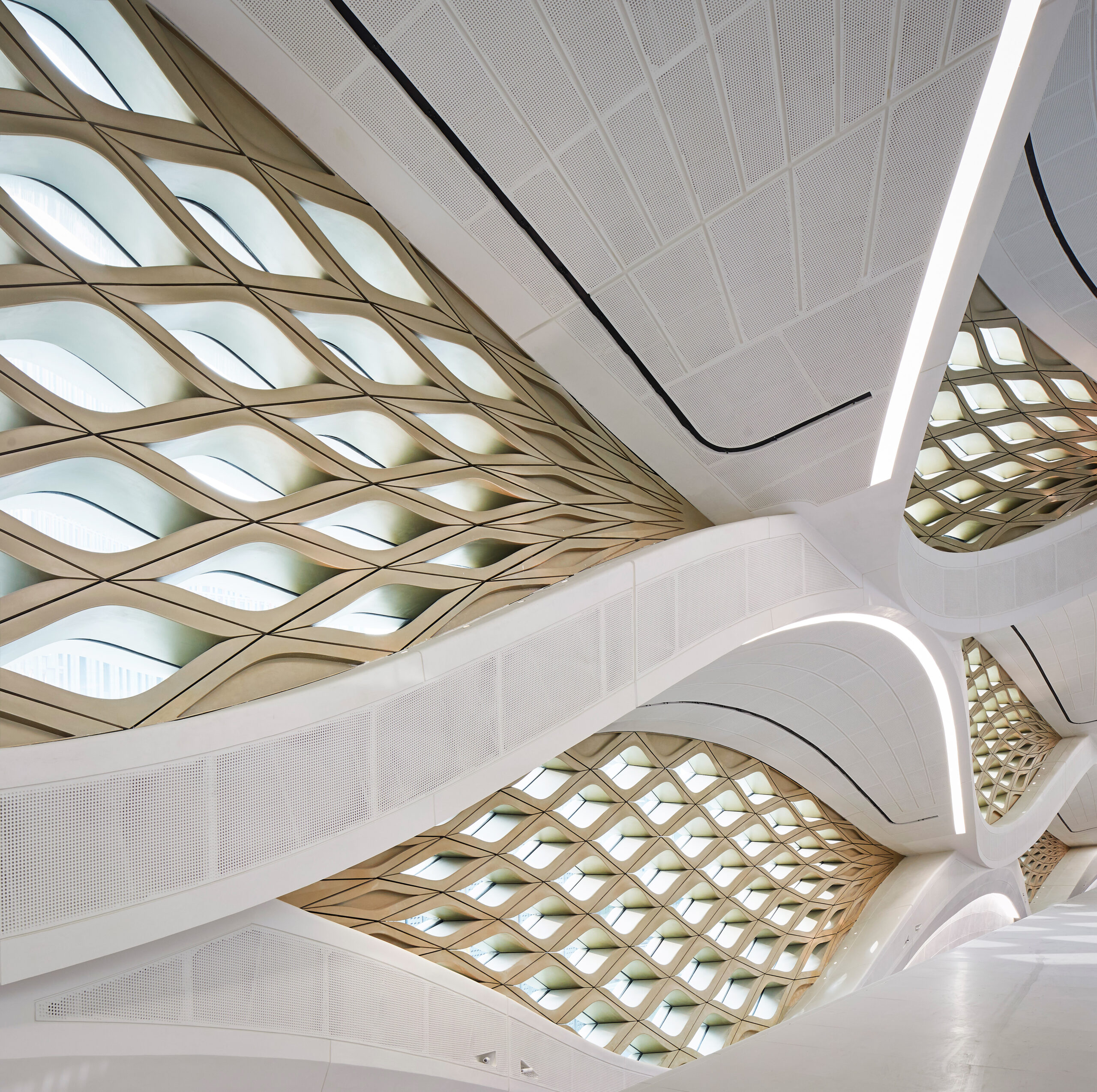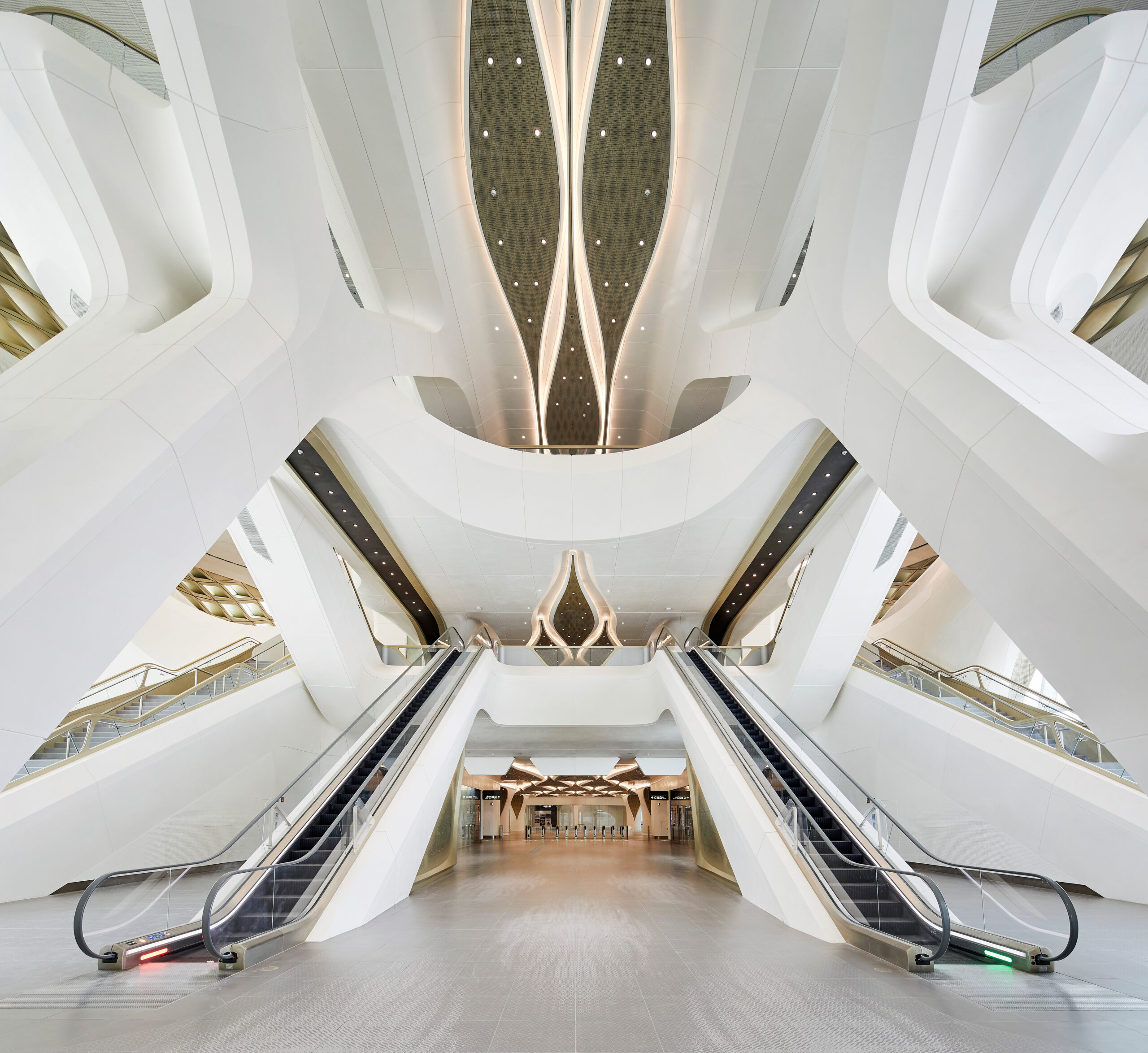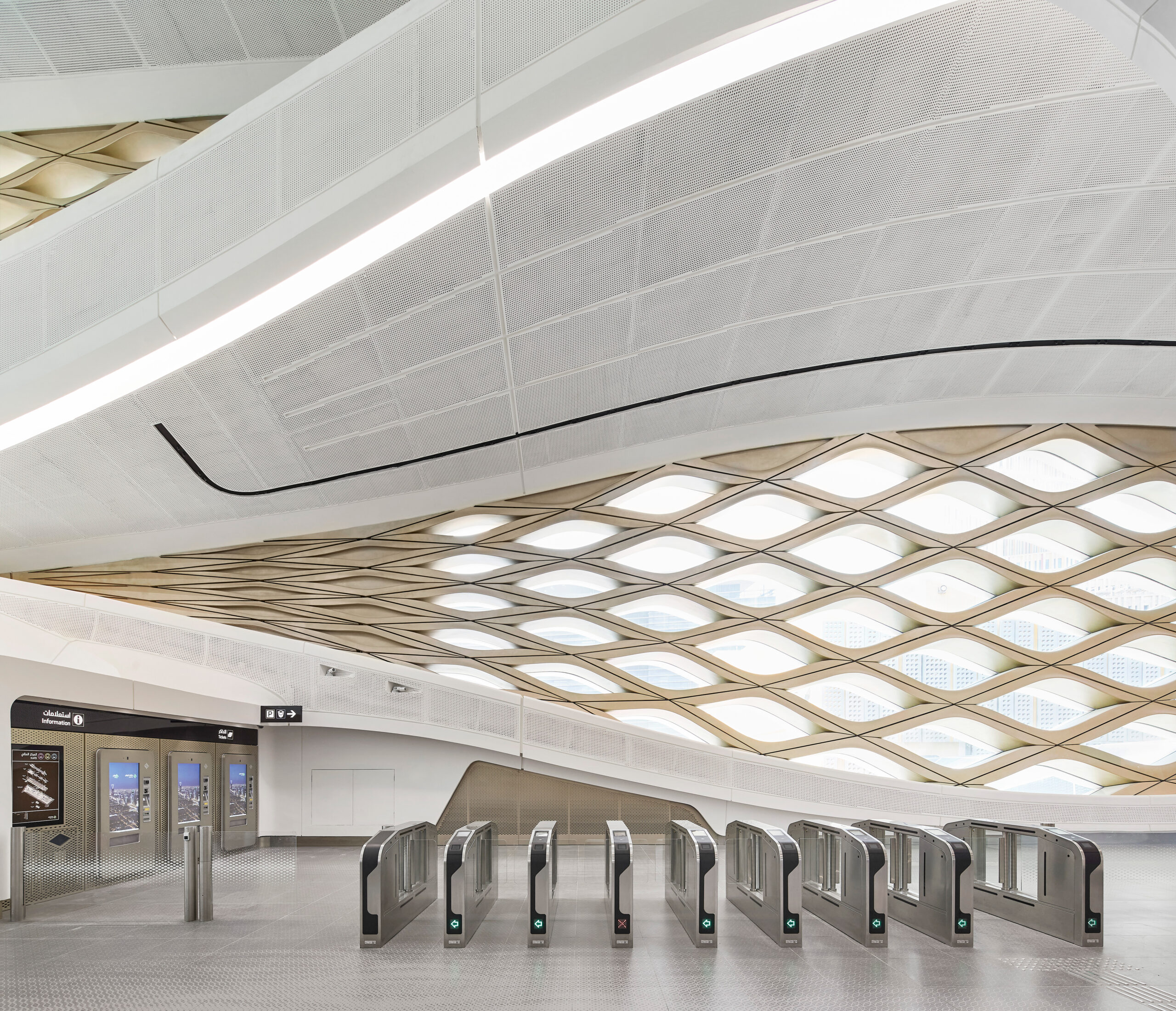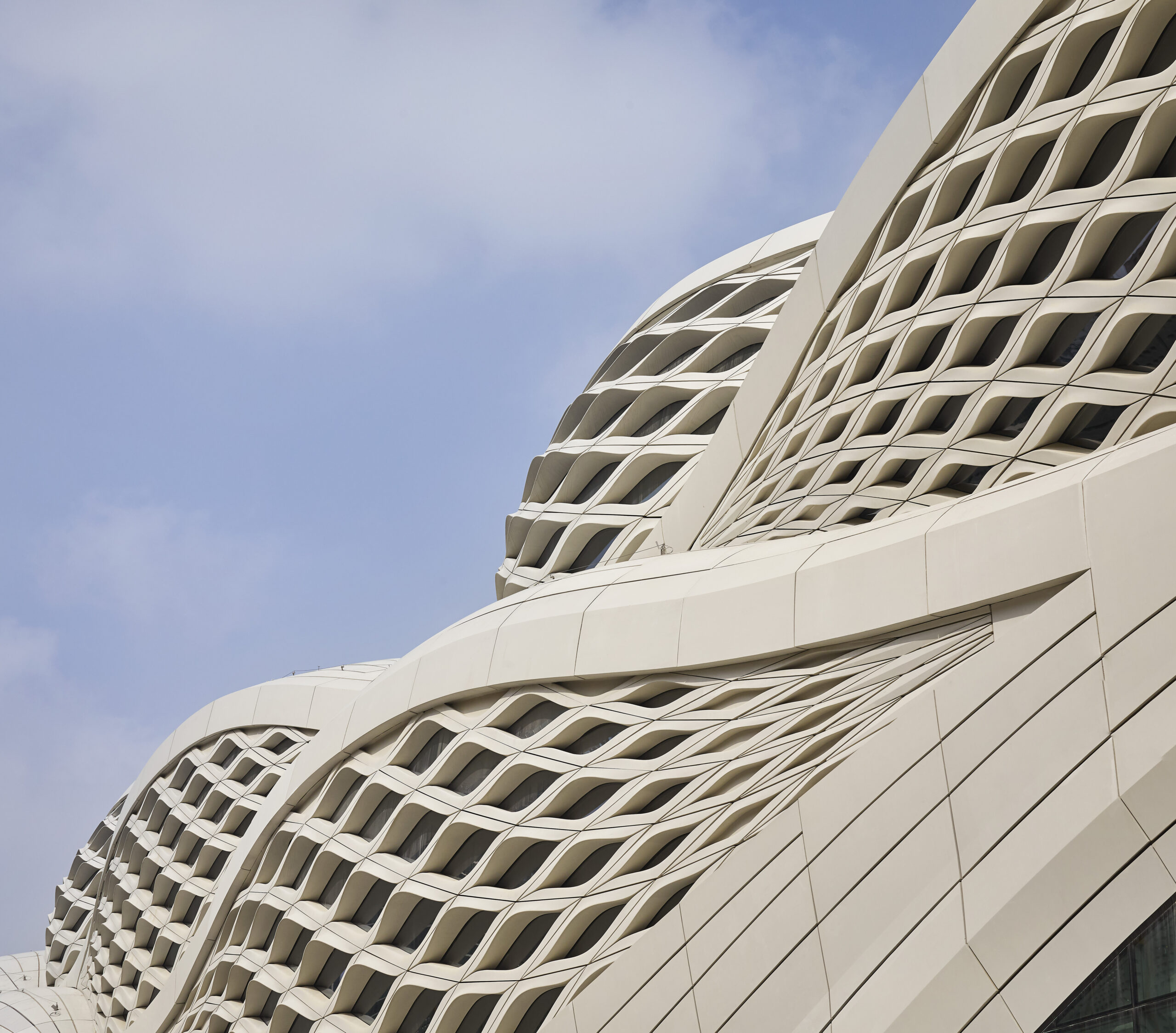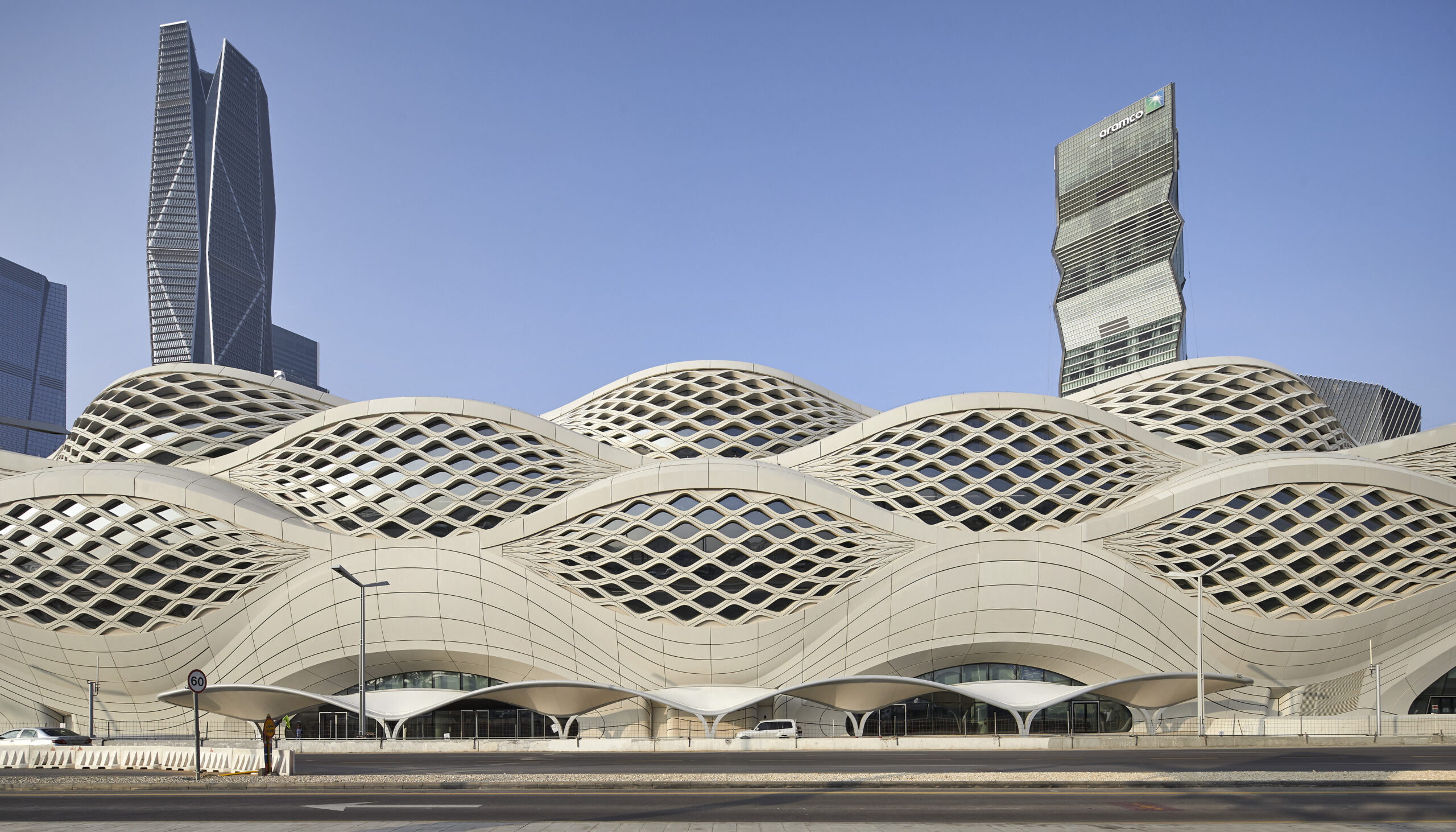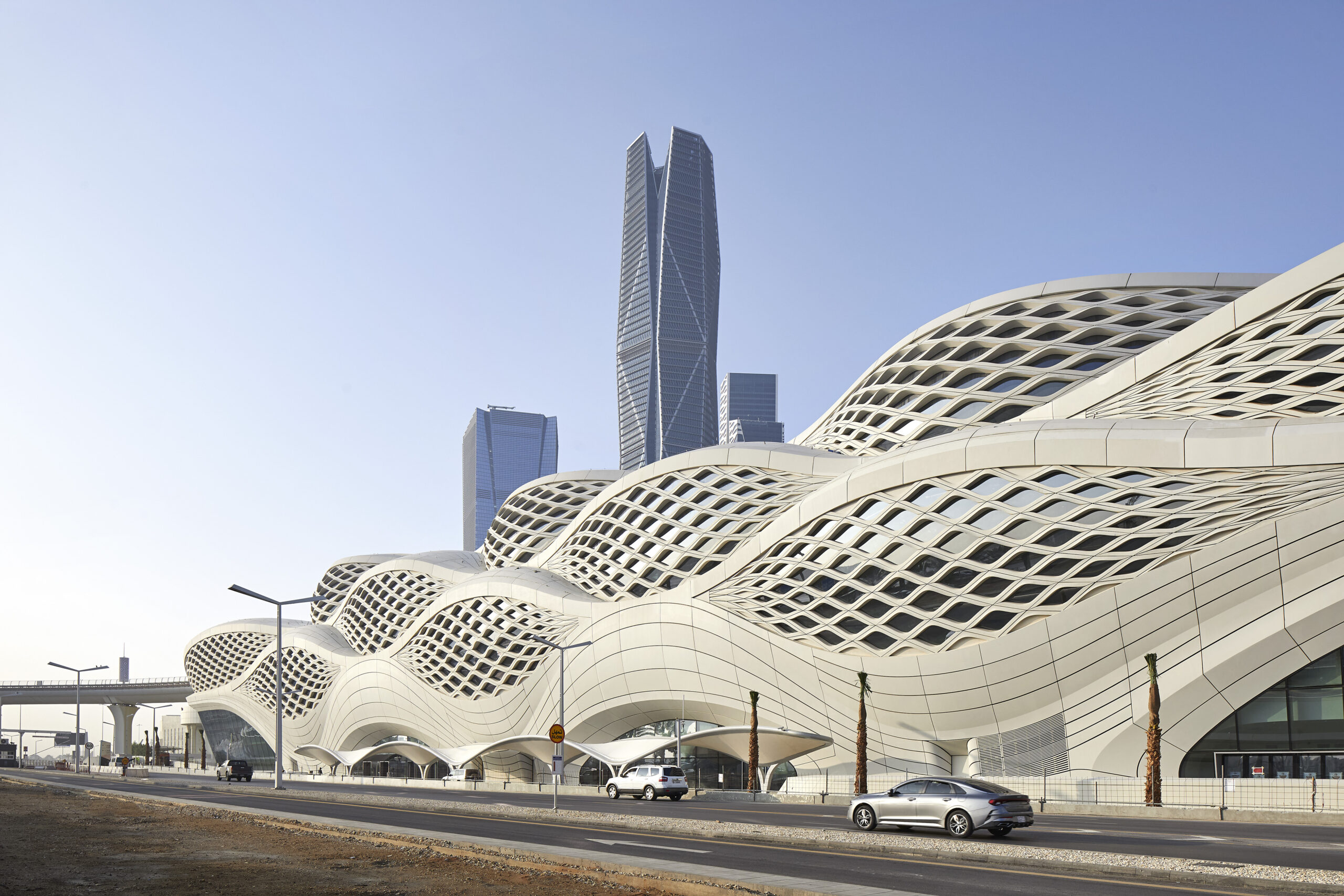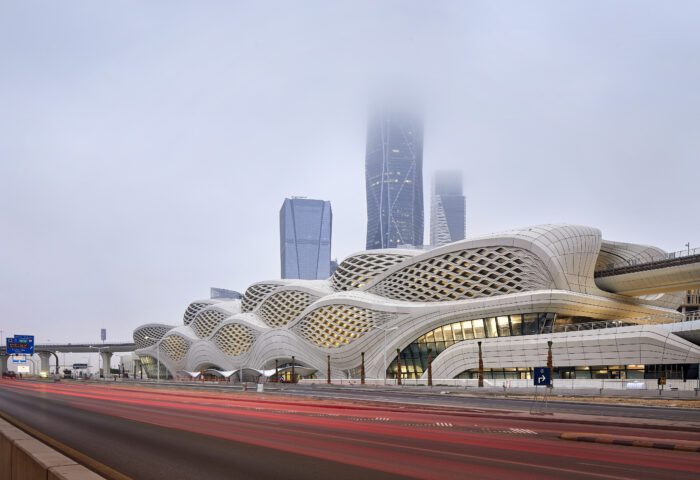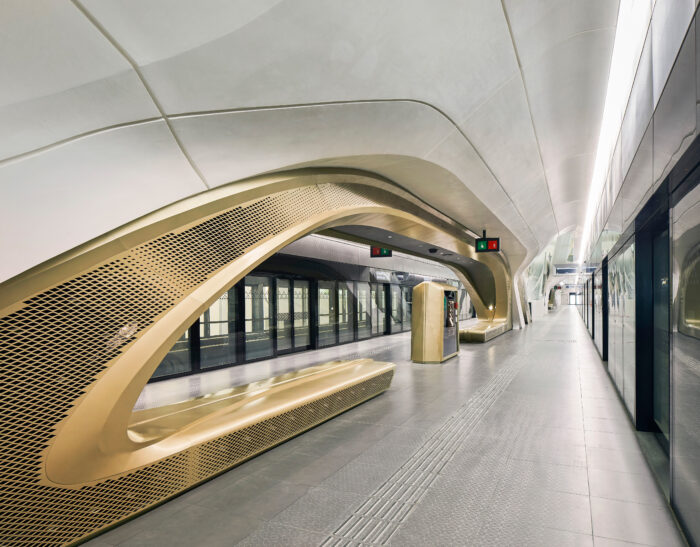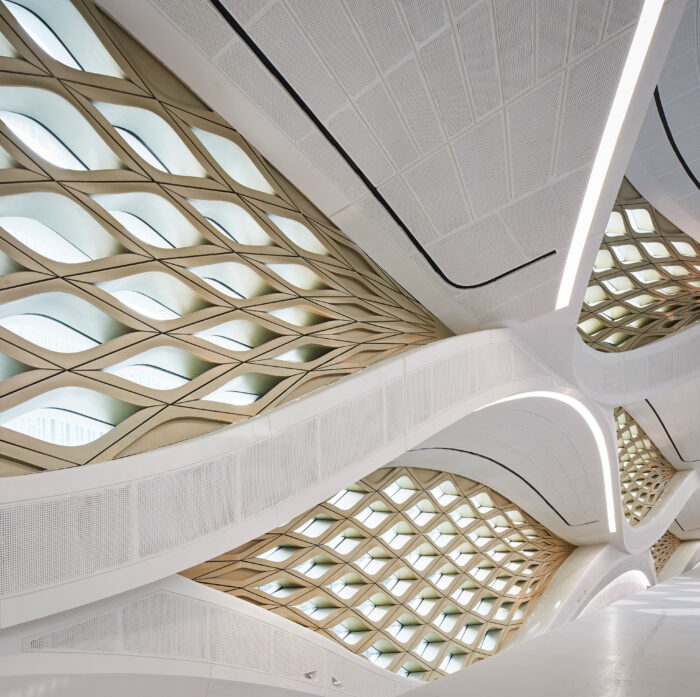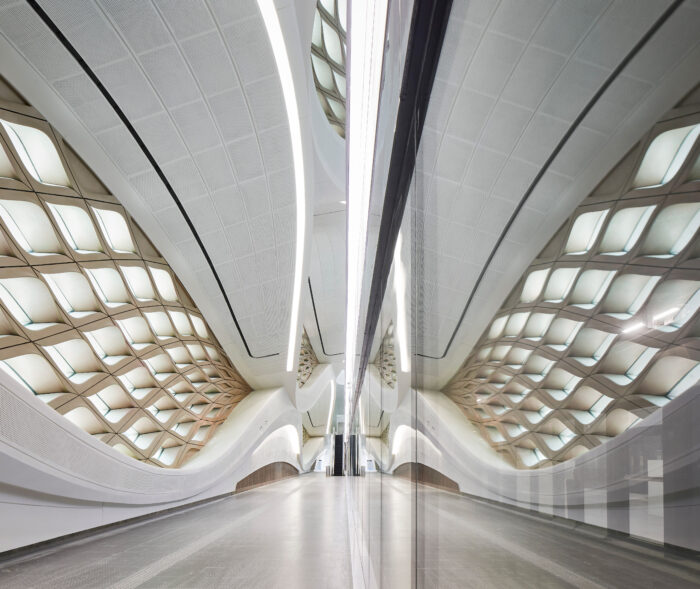The Riyadh Metro, a transformative infrastructure project in Saudi Arabia’s capital, is poised to revolutionize urban transit. Scheduled to commence passenger operations on December 1, 2024, the Metro will initially open its Blue, Yellow, and Purple lines (Lines 1, 4, and 6), offering a new level of connectivity and convenience for residents and visitors. With a sprawling network of 176 kilometers across six lines and 85 stations, this ambitious project will become the world’s longest driverless transit system. It reflects Riyadh’s broader vision to create a more sustainable and efficient urban environment, reducing the reliance on private vehicles and alleviating the city’s growing traffic congestion.
Designed to cater to 3.6 million passengers daily, the Metro will play a pivotal role in cutting down car journeys and encouraging the adoption of eco-friendly transportation alternatives. The system, planned by the Royal Commission for Riyadh City (RCRC), connects key districts, cultural landmarks, and business hubs, enhancing the city’s functionality and livability. A notable feature of this network is the King Abdullah Financial District (KAFD) Metro Station, an architectural and engineering marvel designed by the internationally renowned Zaha Hadid Architects (ZHA). As the main interchange for the Metro, the KAFD station serves as a critical link between the Metro network, the local monorail system, and Riyadh’s international airport. For a closer look at ZHA’s innovative designs, their work on the Riyadh Metro Station and their award-winning proposal highlight their expertise in merging functionality with iconic architecture.
The KAFD Metro Station is an exemplar of modern transit design, offering six rail platforms across four levels and integrating seamlessly with bus routes and park-and-ride facilities. It creates not just a transit hub but also vibrant indoor and outdoor public spaces for the financial district. The station is a keystone of the Metro’s emphasis on connectivity, with its design rooted in detailed traffic modeling to optimize internal circulation and prevent congestion. A three-dimensional lattice structure, derived from opposing sinewaves that map daily traffic flows, forms the station’s core framework. This design not only enhances functionality but also defines the station’s architectural identity.
Externally, the KAFD station features a striking façade of ultra-high-performance concrete panels. These panels incorporate geometric perforations that act as shading devices, reducing solar gain while providing a modern reinterpretation of traditional architectural elements found in the region. This approach reflects Zaha Hadid Architects’ ability to draw inspiration from the natural environment, with the façade’s patterns echoing the shapes formed by desert winds in the sand. The result is a structure that is both contemporary and deeply connected to its cultural and environmental context.
The station is also a testament to sustainable design principles, achieving Leadership in Energy and Environmental Design (LEED) Gold certification. It incorporates a range of energy-efficient features, including passive design strategies and a high-performance cooling system that adjusts automatically to passenger levels. Sliding platform doors retain cool air within the station, further enhancing energy efficiency. The integration of renewable energy sources underscores the Metro’s role in Riyadh’s push toward a greener future.
In addition to its environmental credentials, the KAFD Metro Station is a feat of engineering optimization. Throughout its development, Zaha Hadid Architects focused on simplifying the construction process while enhancing structural and environmental performance. The external envelope’s self-supporting design is seamlessly integrated with the station’s internal structure, which supports train platforms and viaducts. This careful engineering ensures a balance between aesthetic appeal and operational robustness.
The Riyadh Metro project, including the KAFD station, embodies the Kingdom’s Vision 2030 goals by prioritizing modernization, sustainability, and quality of life. By reducing traffic congestion and providing reliable, efficient transit options, the Metro will significantly enhance urban mobility. It also marks a step forward in the global conversation about sustainable urban development, demonstrating how advanced design and technology can be leveraged to create more livable cities.
As the Metro prepares to open its doors to the public, it is clear that its impact will extend beyond transportation. By fostering connectivity and promoting eco-consciousness, the Riyadh Metro lays the groundwork for a brighter, more sustainable future for Saudi Arabia’s capital.
Project Team
Architect: Zaha Hadid Architects (ZHA)
ZHA Design: Zaha Hadid with Patrik Schumacher
ZHA Project Principal: Gianluca Racana
ZHA Project Director: Filippo Innocenti
ZHA Project Architect: Gian Luca Barone
ZHA Project Associate: Fulvio Wirz
ZHA Construction Support Leads: Marco Amoroso, Domenico di Francesco
ZHA Construction Support Services: Vincenzo Caputo, Abdel Halim Chehab, Marko Gligorov,
Stefano Iacopini
ZHA Project Team: Marco Amoroso, Vincenzo Caputo, Abdel Halim Chehab, Lee Cubeddu,
Rawan Al-Derjem, Domenico Di Francesco, David Fogliano, Manuele Gaioni, Marko Gligorov,
Subharthi Guha, Alexandros Kallegias, Lisa Kinnerud, Alexandre Kuroda, Stefano Iacopini,
Carolina López-Blanco, Jamie Mann, Mohammadali Mirzaei, Arian Hakimi Nejad, David
Wolthers, Nicola McConnell, Mario Mattia, Massimo Napoleoni, Niki Okala, Carlos Parraga-
Botero, Sohith Perera, Izis Salvador Pinto, Carine Posner, Neil Rigden, Paola Salcedo, Nima
Shoja, Thomas Sonder, Vincenzo Reale, Kate Revyakina, Roberto Vangeli, Seungho Yeo
ZHA Competition Team: Alexandre Kuroda, Fei Wang, Lisa Kinnerud, Jorge Mendez-Caceres
Structural Engineer: BuroHappold
Building Services Engineer: BuroHappold
Transport & Civil Engineers: BuroHappold
Fire Protection & Life Safety Engineer: BuroHappold
People Flow: BuroHappold
Acoustic Consultant: BuroHappold
Sustainability Consultant: BuroHappold
Lighting Consultant: BuroHappold
Façade Engineering: Newtecnic
Design Management: AECOM
Specification Consultant: AECOM
Cost Consultant: AECOM
Signage & Way Finding: Transport Design Consultancy
Safety Assessment: BH with Transsol
Development Engineer: Riyadh Metro Transit Consultants (RMTC)
Main Contractor: BACS Consortium
Independent Checking Engineer: Buro Veritas
Independant Safety Assessor: TÜV Rheinland / ISARail Group
Transit Systems: Line 1 Siemens (BACS), Line 4&6 Alstom (FAST)
Viaducts: AECOM & TriPod-ssd (Line1), Atkins (Line 4&6)
